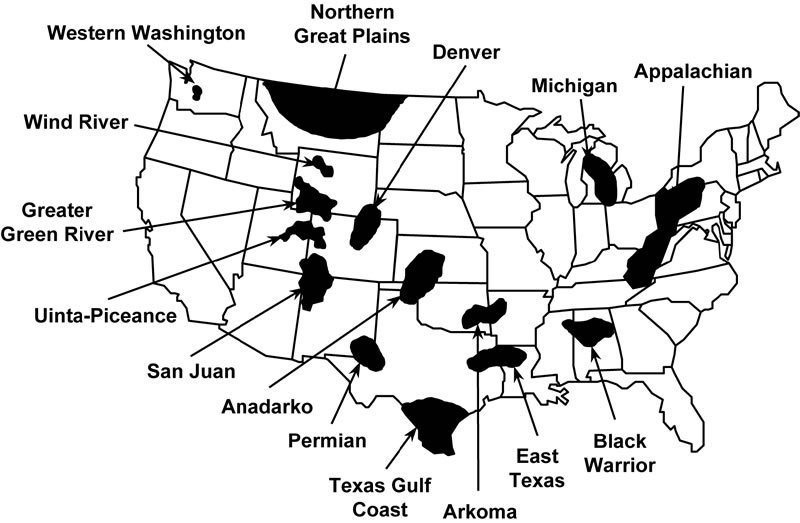Did you know that in November, 1973, President Richard Nixon promised Americans energy “independence” within 10 years?
Just to set the stage: Nixon’s announcement came one month after Arab petroleum exporters had placed an oil embargo on the West (including the United States) because of the West’s support of Israel during the Yom Kippur War. This attack on October 6, 1973 was launched by Egyptian and Syrian forces on Yom Kippur, the holiest day of the Jewish year. The U.S. supported Israel in its counterattack while the Soviet Union supported the Arab Nations. A cease-fire went into effect on October 25, 1973.
The oil embargo was issued October 17, 1973 and resulted in oil prices quadrupling in the U.S. In 1973, at the time of Nixon’s speech, the U.S. was importing about 35 percent of its oil. This promise of energy independence from President Nixon became a political joke as the years went by because by 2005 the U.S. was importing 60 percent of its oil and U.S. production of oil had fallen by more than a third! Fulfilling this promise looked pretty hopeless.
Then came new technology which allowed the recovery of natural gas and oil from geographical formations that were previously not economical to develop. But before we get into that, let’s look at some vast natural resources that the U.S. has—geographical formations called basins, shale plays, and tight sands.
WHAT IS A BASIN?
A basin is a dip or a depression in the earth’s surface like a bowl created over thousands of years. The three major types of basins are river drainage basins, structural basins formed by the natural process of weathering and/or erosion found mostly in dry regions, and ocean basins at depths of thousands of feet below the ocean’s surface. The light tan shaded areas below show the location of the U.S. basins:

WHAT IS TIGHT SAND?
Tight Sand refers to a sandstone1 reservoir that produces primarily dry natural gas2. It takes a lot of pressure to squeeze fluid through the rock. A tight gas reservoir is one that cannot be developed economically or recover economical volumes of oil and gas without massive assistance from large stimulation treatments3 of any special recovery process.
“Tight gas” is extracted from “tight sand.” As Amy Jerina states in her November, 2014 blog, “Of course, there is no such thing as a typical tight gas reservoir. What fun would that be?! They can be deep or shallow, high pressure or low pressure, high temperature or low temperature, single layered, multi-layered, you get the idea. It seems that the main problem with these geological formations is trying to figure out if the risk of drilling is worth the reward of the gas.”
Tight sand formations are part of basins but cover a smaller area than an entire basin. See the map below:
TIGHT SANDS IN THE U.S.

WHAT ARE SHALE PLAYS?
Shale Plays are geographical formations that lie in the tight sands within the basins. Why are they called shale “plays” you ask? Well, any area of interest or an area that is liked by the oil and gas industry is called a “play.”
Geology.com defines shale as a fine-grain, sedimentary rock that forms from the compaction of silt and clay-sized mineral particles that we commonly call “mud”. Because of its makeup, shale is in a category of sedimentary rocks known as “mudstones.” Shale is a specialized type of mudstone that is easily split into thin pieces along many thin layers. See photo here of shale rock:

Shale gas (natural gas) is found in shale rock. Gas cannot flow through this rock easily—it has “low permeability”4 and cannot be recovered through conventional drilling means. Over the last decade there have been great advancements in the use of horizontal drilling and hydraulic fracturing which has allowed access to large volumes of shale gas.

Shown are conceptual illustrations of types of oil and gas wells. A vertical well is producing from a conventional oil and gas deposit (right). Also shown are wells producing from unconventional formations: a vertical coalbed methane well (second from right); a horizontal well producing from a shale formation (center); and a well producing from a tight sand formation (left).
With this new technology of mining shale gas developed in the late 90s, the U.S. began to see improving numbers by 2008. U.S. crude oil production is up 50 percent since 2008. Petroleum imports have fallen from 60 percent in 2005 back down to the 1973 low of 35 percent!

Our own North Dakota, where a large part of the the Bakken Formation lies, has become the second-largest oil-producing state in the country—beating Alaska and California! All of this brings U.S. natural gas prices down to about a third of those in Europe. This contributes to the U.S. becoming a competitive place for industry.
Ohio, Pennsylvania, Colorado and other states also have large shale formations. Ohio Governor Kasich and Colorado Governor Hickenlooper have recognized the job opportunity and overall economic revitalization that development of these shale formations offer.
Today the natural gas market in the U.S. has a surplus! And the U.S. has a new natural gas market opportunity in exports! The U.S. has never been a natural gas exporter and there is a great deal of debate on whether the U.S. should export crude oil. As a rule, crude oil exports are currently prohibited. All of this is political and will be worked out by those in the know, I’m sure.
However, the idea of energy independence that was promised by President Nixon 43 years ago is looking more and more possible in today’s world.
As prices of natural gas go down, you will see prices of electricity also go down. Natural gas and electricity prices parallel each other. If you are in a deregulated state, check with us to make sure you are getting the best price available for your electricity or natural gas in the current market. Call CES today at 1-866-253-9600 to get your Free Rate Analysis.
Thanks to blogger Amy Jerina for information about basins, tight sand and shale plays.
https://www.croftsystems.net/oil-gas-blog/basins-tight-sand-shale-plays-oh-my-part-3
https://www.croftsystems.net/oil-gas-blog/basins-tight-sand-shale-plays-oh-my-part-2
https://www.croftsystems.net/oil-gas-blog/basins-tight-sand-shale-plays-oh-my
Thanks as well to blogger Daniel Yergin for the history lesson and energy facts.
https://www.politico.com/magazine/story/2013/11/congratulations-america-youre-almost-energy-independent-now-what-098985
1sandstone: a sedimentary rock found mainly in basins. It often serves as an aquifer for ground water, or a reservoir for oil and natural gas.
2dry natural gas: almost pure methane; this is the finished, ready for sales natural gas that has had other gases separated from it (like ethane, butane, pentane or natural gasoline—collectively referred to as natural gas liquids).
3stimulation treatments: steam injection, hydraulic fracturing or horizontal drilling.
4permeability: the ability of a substance to allow another substance to pass through it, especially the ability of a porous rock, sediment, or soil to transmit fluid through pores and cracks.



